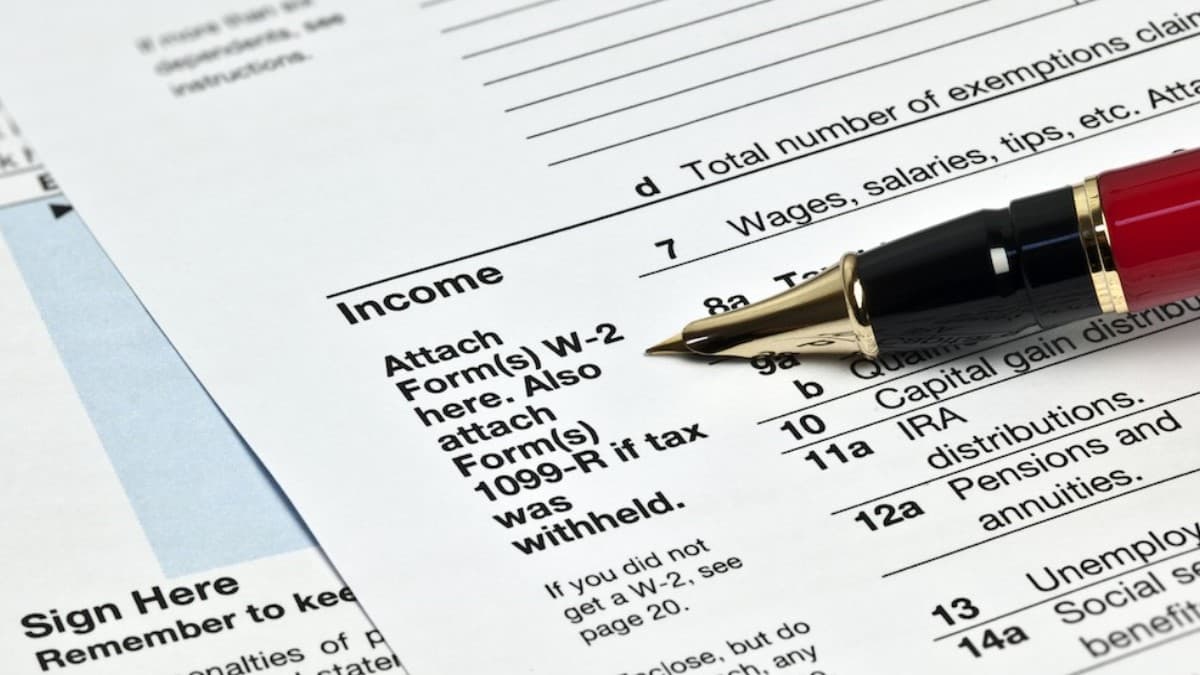Venturing into the realm of option trading requires not only strategic prowess but also a firm grasp of tax implications. Understanding the necessary tax forms is paramount for accurate reporting and compliance. This comprehensive guide delves into the essential tax forms traders need to navigate the complex tax landscape.

Image: www.zrivo.com
Understanding Tax Forms for Option Trading
Option trading, involving the buying and selling of financial options, generates taxable events that must be reported to the Internal Revenue Service (IRS). The following tax forms play crucial roles in this process:
-
Form 1099-B: Proceeds from Broker and Barter Exchange Transactions
This form reports the proceeds from all option trades, including the sale or exercise of call and put options. It is important to match the proceeds reported on Form 1099-B to the actual trades to avoid any discrepancies. -
Form 6781: Gains and Losses from Section 1256 Contracts and Straddles
This form summarizes the capital gains and losses from Section 1256 contracts, which include options, futures, and forwards. It provides a detailed breakdown of each transaction, including the date, strike price, and contract type. -
Schedule D (Form 1040): Capital Gains and Losses
Traders use Schedule D to report all capital gains and losses from option trading, as well as other investments like stocks and bonds. It classifies gains and losses as short-term or long-term, based on the holding period of the option contract. -
Form 8949: Sales and Other Dispositions of Capital Assets
This form is used as a supplement to Schedule D. It provides detailed information about each option transaction, including the date of acquisition and disposition, the cost basis, and the gain or loss. -
Form 4797: Sales of Business Property
Traders who treat option trading as a business activity may use Form 4797 to report the sale or exchange of option contracts held primarily for sale in the ordinary course of business. This form calculates any gains or losses from such transactions.
Accurately Reporting Option Trades
Thorough and accurate reporting of option trades is crucial to avoid penalties and minimize tax liability. Here are some essential steps:
- Reconcile Form 1099-B with your trading records to ensure all proceeds are accounted for.
- Use Form 6781 to calculate the net Section 1256 gains and losses and report them on Schedule D.
- Attach Form 8949 to Schedule D to provide detailed information on each option transaction.
- Consider using a tax software or consulting with a qualified tax professional for guidance and support.
Consequences of Incorrect Tax Reporting
Oversights or inaccuracies in tax reporting can lead to significant consequences, including:
- Penalties for late or incorrect filings
- Adjustments to taxable income and additional tax liability
- Potential audits or tax investigations

Image: newviews.com
Tax Forms Needed For Option Trading

Image: www.slideshare.net
Conclusion
Understanding and utilizing the appropriate tax forms is essential for option traders to navigate the tax landscape effectively. By meticulously reporting their trades, traders can ensure compliance, minimize tax liability, and avoid potential issues with the IRS. Remember, seeking advice from a qualified tax professional can provide valuable insights and peace of mind throughout the tax filing process.






